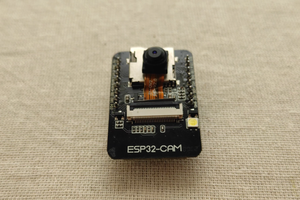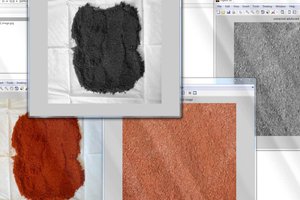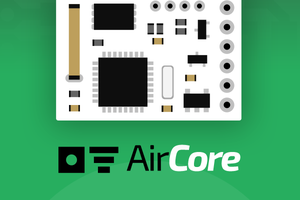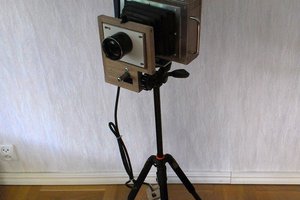1. A description of the journey in building this machine vision module can be found in the blog post:
https://fkeng.blogspot.com/2016/01
2. A description of incorporating convolution neural network (CNN) for real-time image processing can be found in this blog post:
https://fkeng.blogspot.com/2020/06/implementing-custom-convolutional.html
3. A video showing the machine vision module in action with Arduino Uno:
https://www.youtube.com/watch?v=m4_Zu8Dx1Ik
4. Another video showing connection to TFT LCD display and running a custom CNN (convolutional Neural Network) algorithm for obstacle detection.
https://www.youtube.com/watch?v=05gwL2VL5t0
5. The component list below shows the important components. The rest are just generic surface mount resistors, capacitors, LEDs and crystal. I use 1% tolerance for all resistors, and 5-10% tolerance for all capacitors. Refer to Github site for full schematic.
 FKRF
FKRF

 G.Vignesh
G.Vignesh
 Cristian Dobre
Cristian Dobre
 jimmy.c.alzen
jimmy.c.alzen